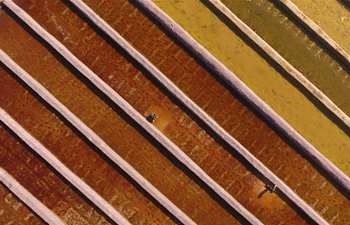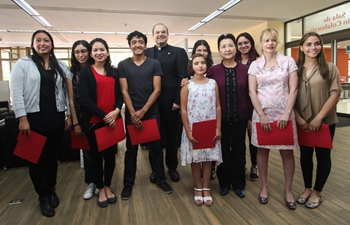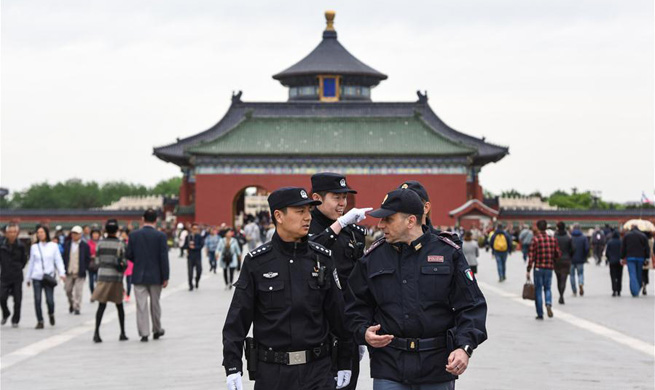WASHINGTON, April 25 (Xinhua) -- A strain of anthrax-causing bacterium thought to have been viable 80 years after a thwarted World War I (WWI) espionage attack was actually a much younger standard laboratory strain, researchers said Tuesday.
The study, published in mBio, an open-access journal of the American Society for Microbiology, said the mix-up was due to commonplace laboratory contamination.
"Historically, there have always been bacterial strain mix-ups in the course of doing research," said senior author Paul Keim, executive director of The Pathogen and Microbiome Institute at Northern Arizona University in Flagstaff. "But now that we have the molecular tools, we can do the quality control on strain collections to figure out exactly what they contain."
In 1997, an 80-year-old tiny glass tube intentionally filled with Bacillus anthracis, the bacterium that causes anthrax, and embedded in a sugar lump as a WWI biological weapon was rediscovered at a Norwegian police museum.
The glass tube was taken from German spy Baron Otto von Rosen, who was caught in Norway in 1917 and suspected of plotting to feed the sugar lump to the reindeer that pulled transports of munitions and foods across the frozen Arctic tundra for the Allied forces.
The poison-laced sugar was then sent to Britain, where researchers used DNA amplification to determine that the agent inside the glass tube was B. anthracis.
In a 1998 Nature paper, the researchers declared that they had revived the anthrax bacterial strain that had spent eight decades as spores.
However, DNA sequencing of entire organism's genome was in its infancy at this time, so the exact genetic identity of the strain was never defined.
In the new study, researchers sequenced the strains using next-generation sequencing, a technique that allowed them to analyze every genetic difference at the level of single letter changes to the genetic code.
Results showed the 80-year-old strains differed by only two genetic letters from the Ames Ancestor strain, a standard laboratory reference strain used in experiments and vaccine development.
"That work has been cited many times as evidence that spores can survive in liquid for 80 years -- and now that's clearly not true," said Keim.

















